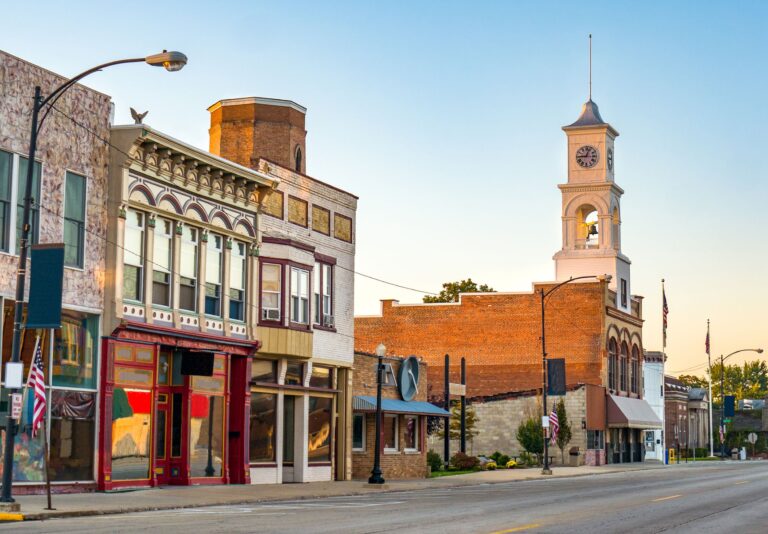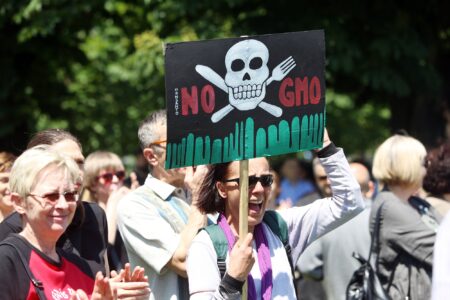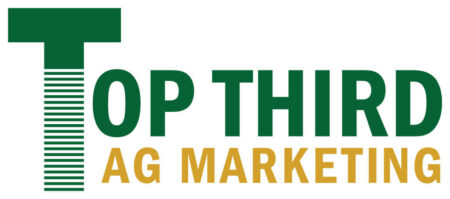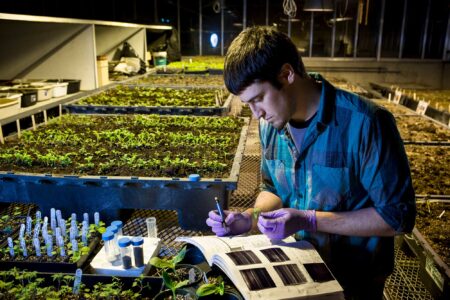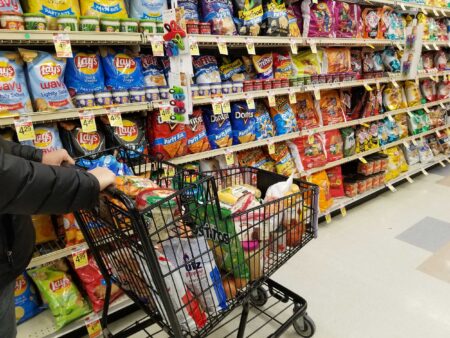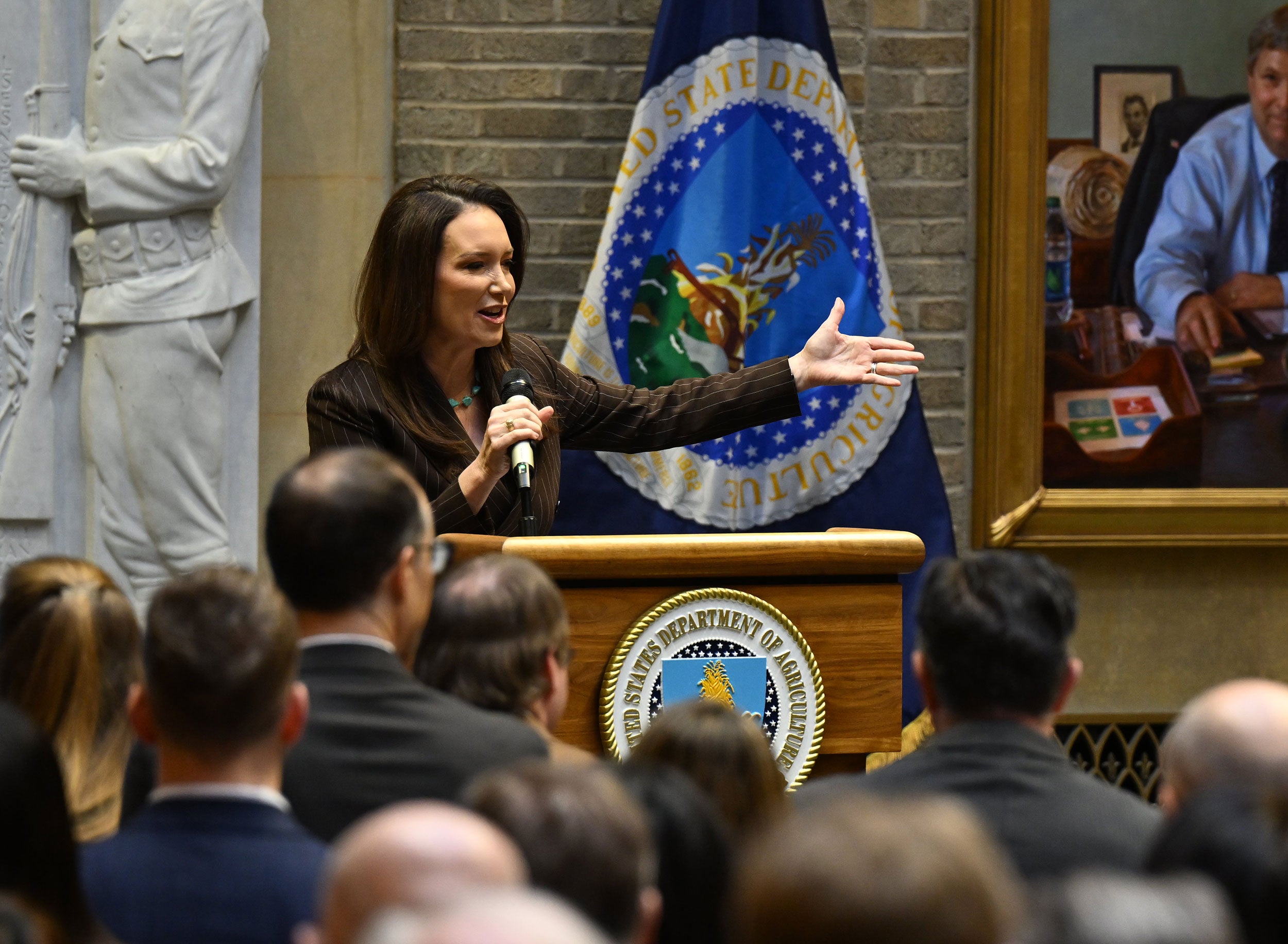Previously for AGDAILY, Rebuilding trust and opportunity in rural and working-class America, we made the case that our communities still have the skills, the values, and the grit to shape our own future. That article was the rallying cry. This one is the proof — the real-world examples of what it looks like when rural America puts its shoulder to the wheel and builds from within.
Because behind every statistic about rural decline, there are places writing a different story. They’re not waiting for Washington or Wall Street to figure them out. They’re finding their own solutions, building with what they have, and investing in projects that will still matter 10, 20 years down the road.
I live in one of these places. Well, to be fair, I live 40 miles from the nearest town, but that’s the community I’m a part of. Over nearly 30 years here, I’ve seen the hard side of rural life — young people leaving, wheat prices stagnating, fertilizer prices breaking records, tariffs that hit agriculture in the gut, logging slowed to a trickle. But I’ve also seen the phoenix moments, when stubbornness and resilience pull something new out of the ashes.
Broadband from the ground up
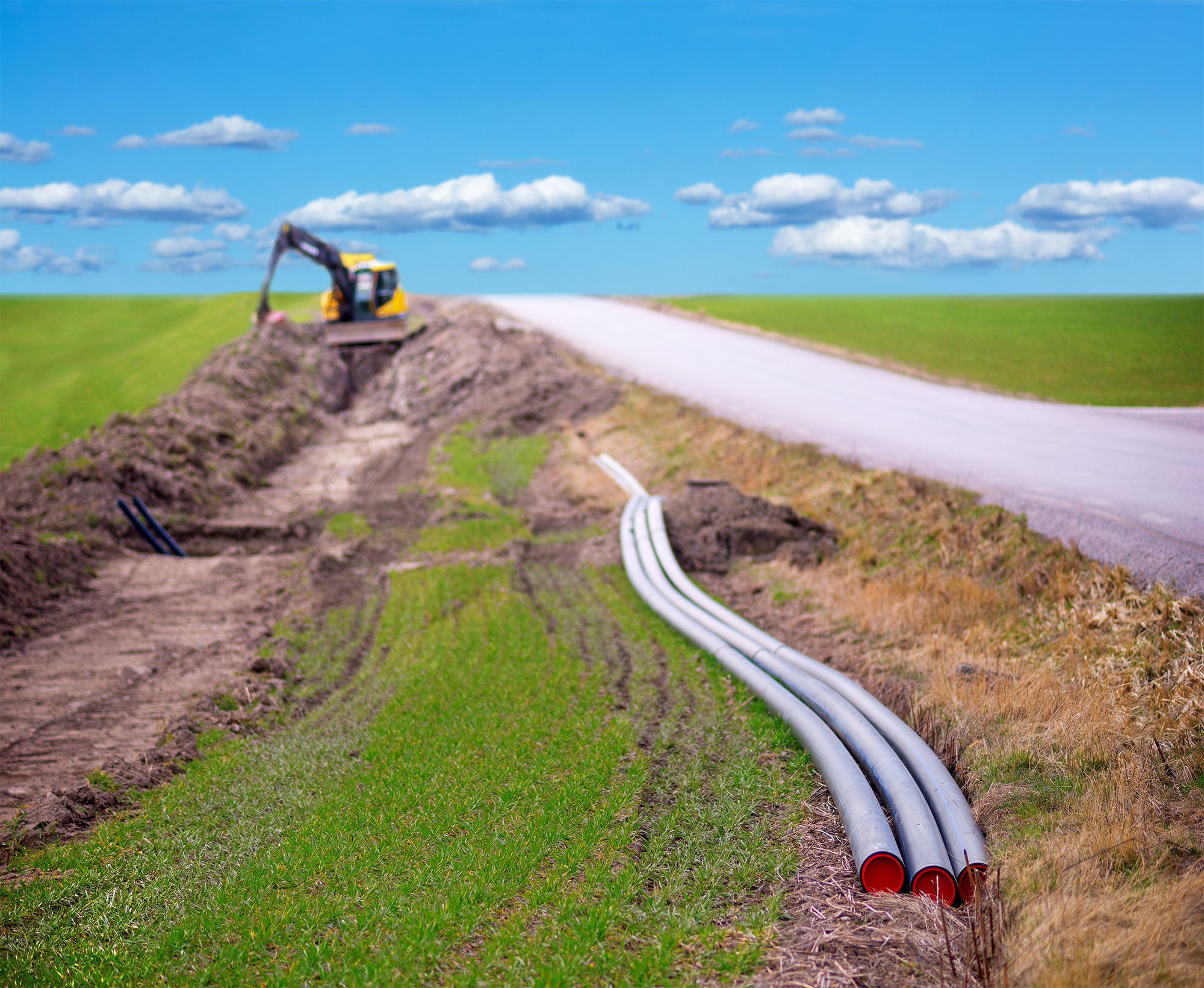
In North Dakota, a group of farmers got tired of waiting for a big telecom to decide their corner of the state mattered. They formed a co-op, put in their own money, and laid the fiber themselves.
The first year, only a handful of houses had service. Today, people can work remotely, kids can take classes online, and older folks can talk to their doctor without driving two hours in the snow. That’s not waiting for rescue — that’s building it yourself.
Reviving Main Street
In central Kansas, years of population loss had hollowed out the community. Instead of giving up, they took stock of what they had: an old theatre, an empty downtown, a few underused assets. They restored the theatre, built a shared commercial kitchen so someone with a good recipe could start a business without going broke before selling the first jar of pickles, and marked and promoted their prairie trails.
Now, on a Saturday, you’ll see out-of-state license plates parked on Main Street — and a few more young people who’ve decided maybe this is a good place to stay.
Small timber, big results
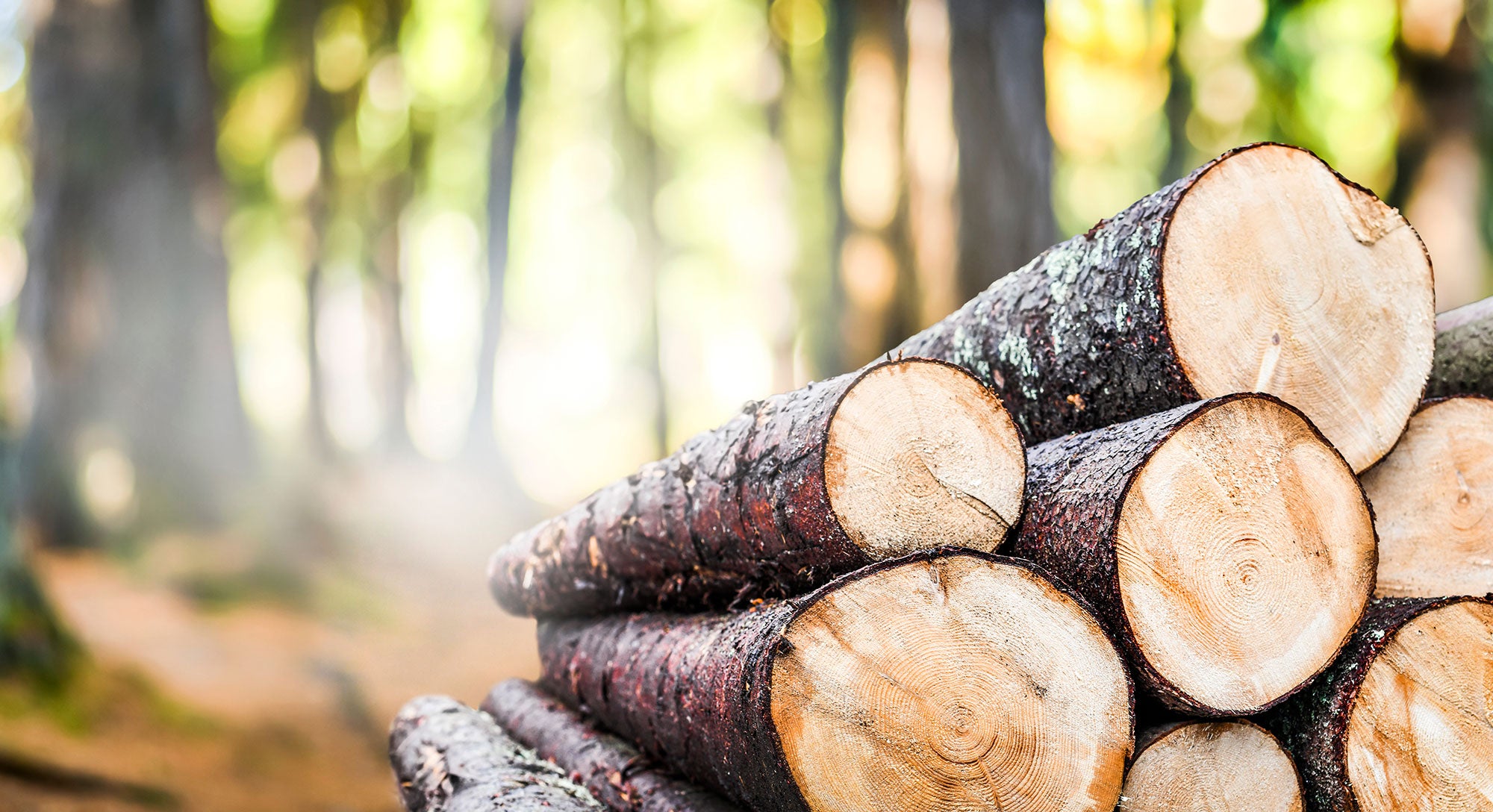

In my own community of Wallowa County, Oregon, the big sawmills had closed. Working with Wallowa Resources, a trusted local nonprofit, a group of us set out to build a smaller mill that could process the small-diameter timber coming out of forest health projects. We invested in the building, the equipment, and in finding markets.
Soon we were sending truckloads of posts, poles, and firewood to buyers near and far. It kept loggers working, and when it was running well, we stepped aside. Younger folks with vision took it forward, building Heartwood Biomass, which now operates another mill in Northern California.
The key wasn’t just money. It was having a credible local organization, people with experience, and a willingness to invest in the future of the community.
Food, energy, and water — The core of rural self-sufficiency
Food security in the Ozarks
In the Missouri Ozarks, a group of farmers and local leaders came together to form a regional food hub. They pooled distribution, cold storage, and marketing so small producers could sell to schools, hospitals, and grocery stores without relying on national middlemen. During the COVID-19 pandemic, when national supply chains faltered, this hub kept fresh food flowing locally — proving that when rural communities control their own food systems, they’re less vulnerable to outside shocks.
Powering the delta from within
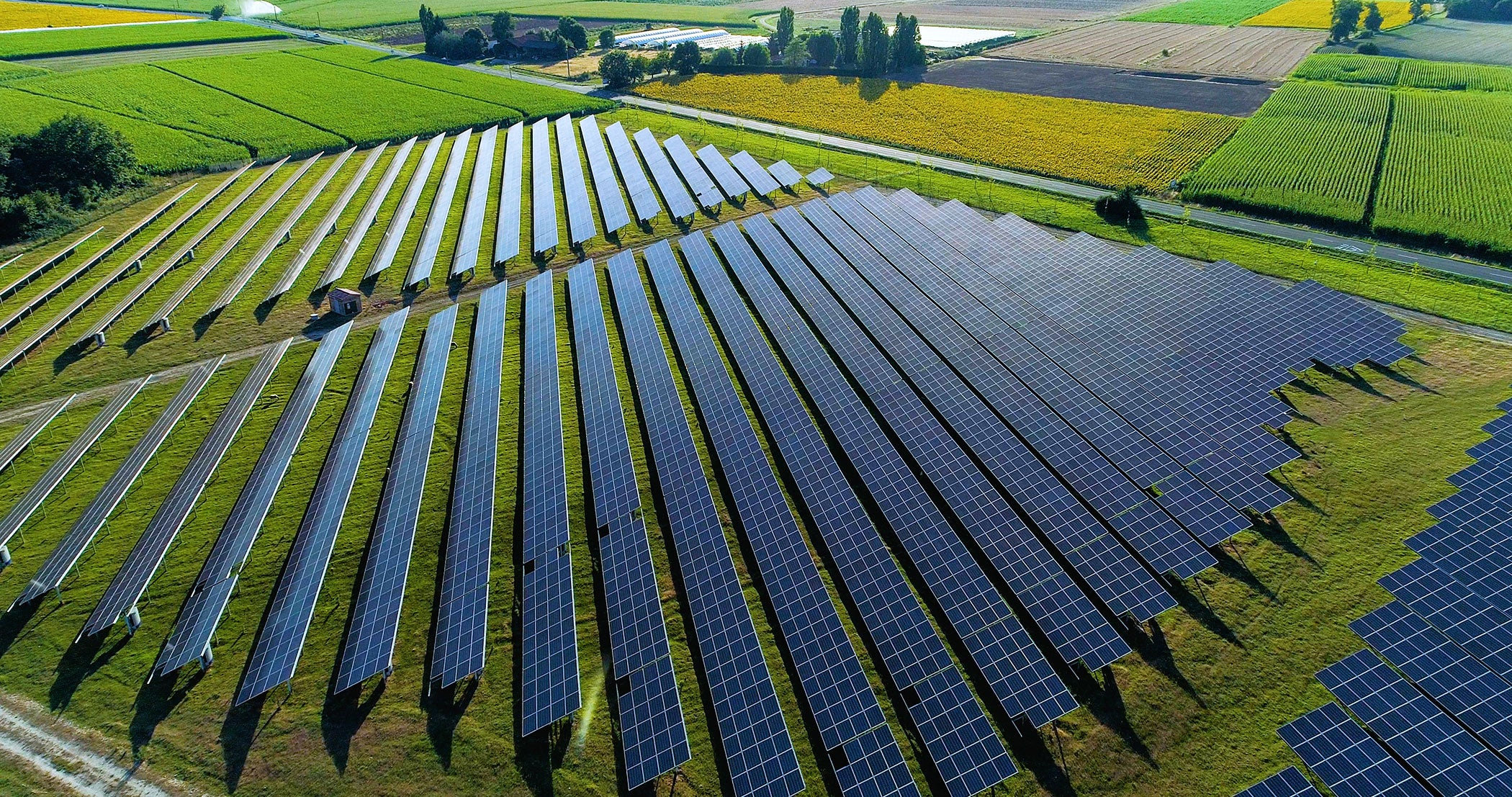

In the Arkansas Delta, an agricultural co-op invested in a community solar array designed to offset irrigation and grain-drying costs. The panels feed directly into the co-op’s operations, lowering expenses for members and keeping more dollars circulating locally. The project also trained young residents in solar installation and maintenance, creating a skilled workforce without having to import outside labor.
A dairy’s leap to energy independence
In Vermont, a family dairy installed an anaerobic digester to turn manure into biogas, which now powers the entire farm and sells excess electricity back to the grid. The leftover digestate is used as fertilizer, cutting costs and reducing runoff into local waterways. It’s an energy project, a waste solution, and a soil health improvement plan rolled into one — designed, funded, and run locally.
Water security in the San Luis Valley
In Colorado’s San Luis Valley, farmers developed a voluntary water-sharing agreement to protect both agriculture and the environment. By coordinating irrigation schedules and preserving groundwater, they’ve kept family farms in business while maintaining healthy ecosystems — a solution designed and enforced by the community itself.
The pattern is there
The places that make it work share some common ground:
- Neighbors who show up without being asked.
- Room — not just land, but the freedom to try something new without being crushed by rent or red tape.
- A willingness to put money, time, and sweat into projects that still matter decades from now.
- Whole communities willing to get behind a good idea.
Self-sufficiency isn’t a dream — it’s happening
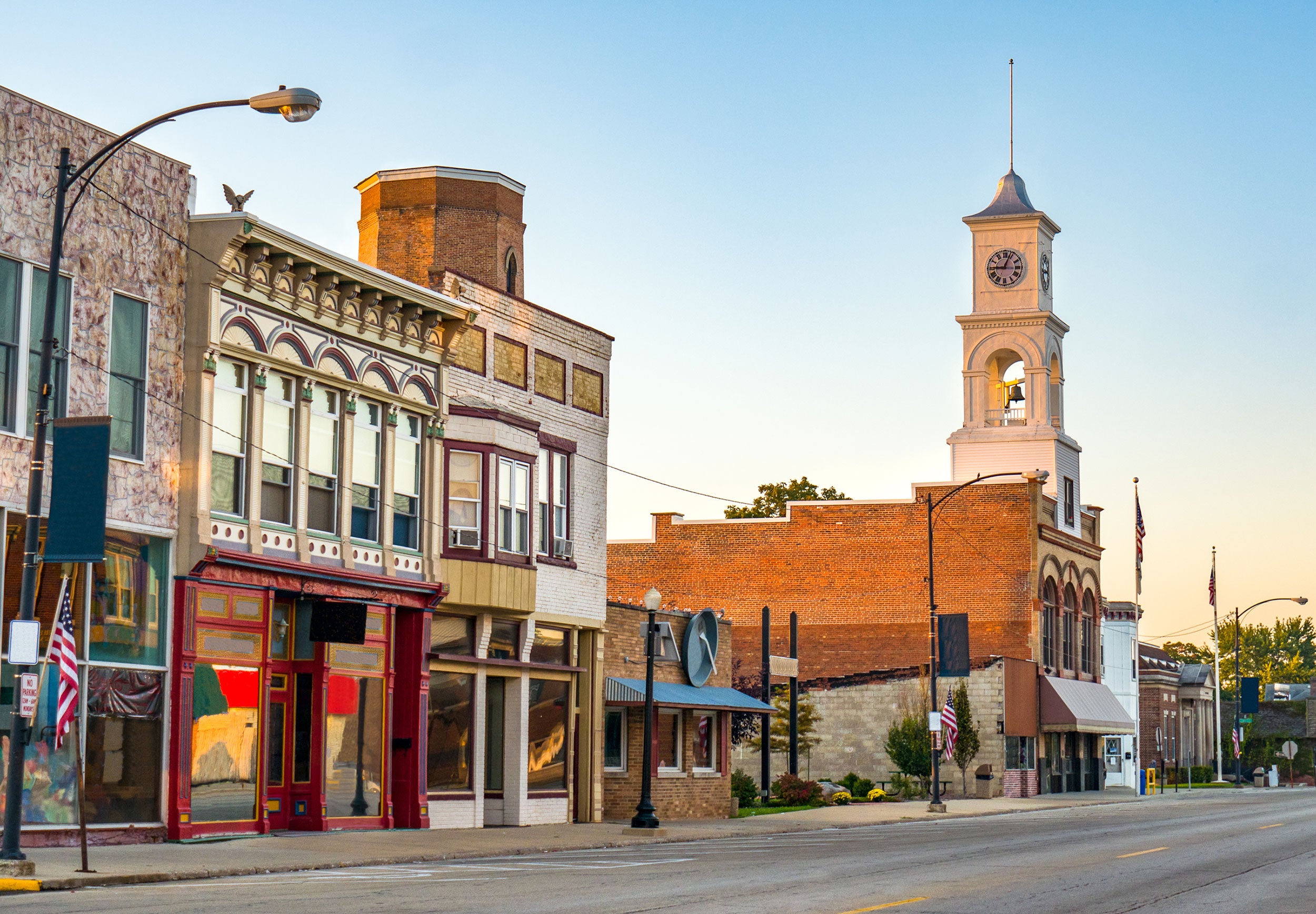

Bottom line? The towns that move forward aren’t waiting for somebody else to hand them a plan. They pull themselves up by their boot laces, figure out which investments make sense, get local people with means on board, and make it happen. Grants? Sure, they help. But they’re not the backbone.
The backbone is belief — that the place is worth it — backed up with the grit to see it through when the first plan falls apart, when markets drop, or when the weather takes its swing at you. It’s hashing things out in the school gym until everyone’s on board, or in the co-op boardroom with coffee that’s been sitting there since morning.
From rallying cry to political reality
If we want to keep building this future, we’ve got to be clear-eyed about the people we put in office. Vote for the ones who show up — not just for the ribbon-cuttings, but for the work. Vote for the ones who roll up their sleeves and get their boots muddy alongside us. And don’t ever trust anybody who has shiny shoes.
The future of rural America isn’t going to be written in Washington or on Wall Street. We’ll write it ourselves — the people who know the land, know the weather, and know each other. We already have the tools, the skills, and the sense of community to do it. All we need is the will to keep putting one foot in front of the other — and rural America has never been short on that.
Ben Henson is a lifelong farmer and international agricultural consultant with over 30 years of experience in the U.S. and Africa. He currently splits his time between a hay and cattle farm in Oregon and a climate-smart agriculture initiative in Rwanda.


:max_bytes(150000):strip_icc()/IMG_7936-c12c642ad0064146a4aecfc1a60502a3.jpeg)
:max_bytes(150000):strip_icc()/HTTJohnDeeretractorwithtillage_preview-6e8cfa3643f043efb29085bd78d76c98.jpg)
:max_bytes(150000):strip_icc()/Canadian20flag48553671412_aeb0538794_c-0bfa123de2b54e30ab4fadecae382d4a.jpg)


